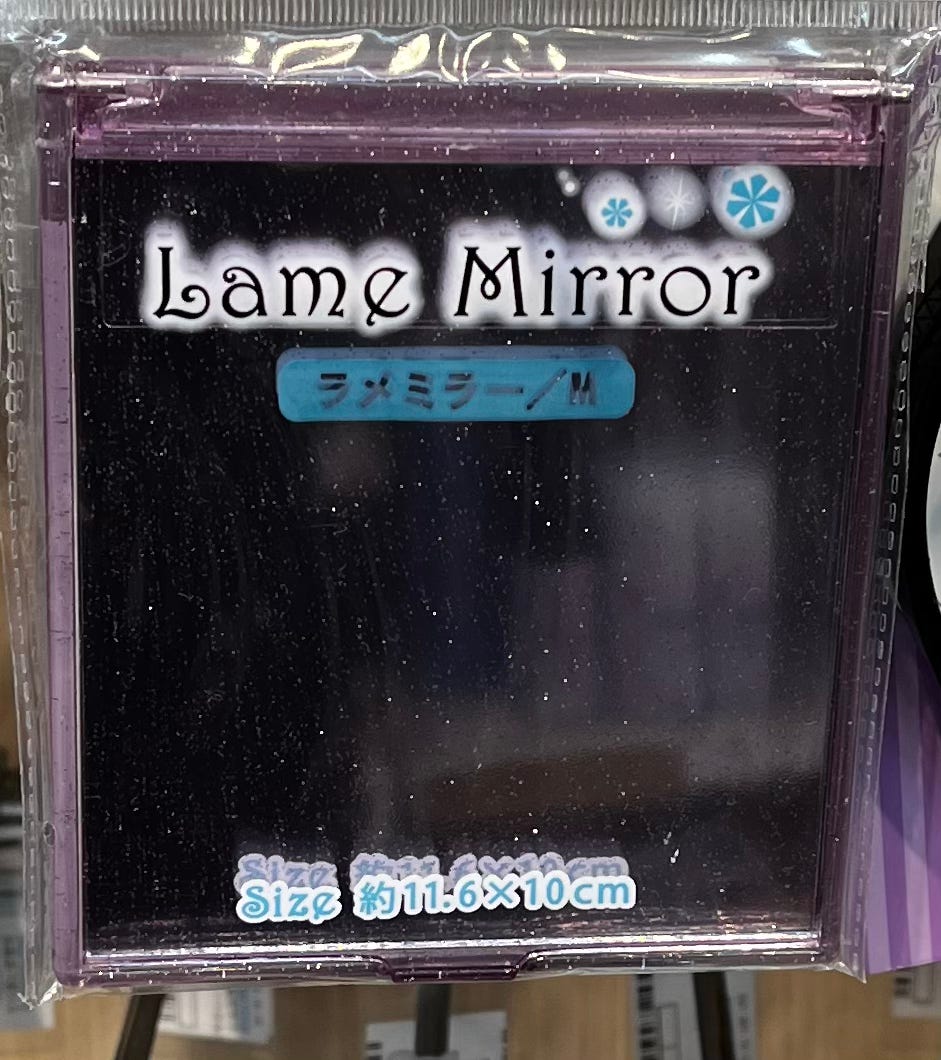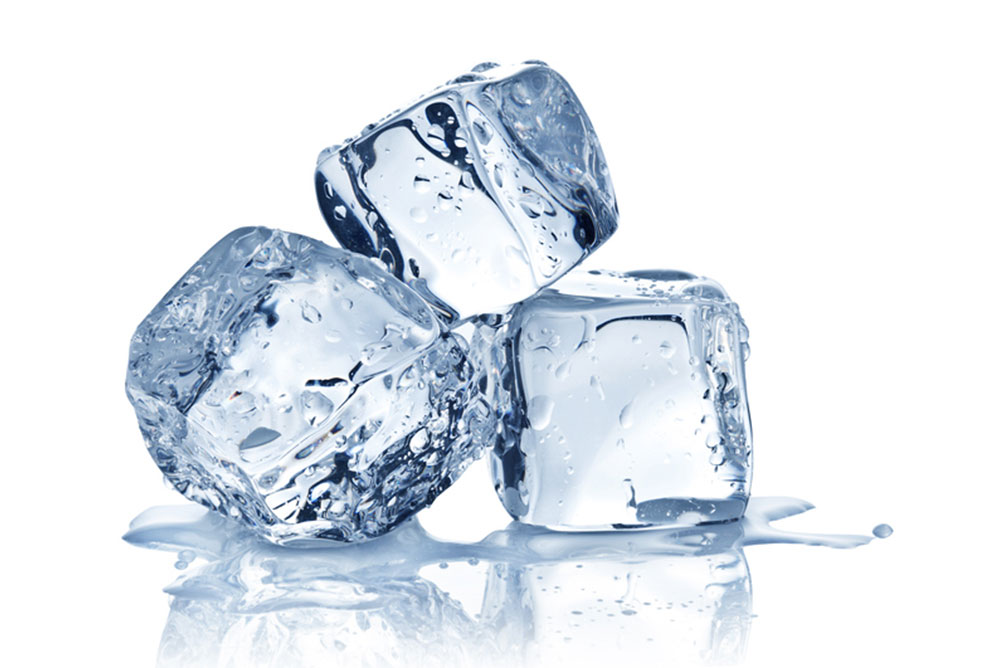By Valerie Monroe
If you’re interested in feeling happier about your appearance—especially as you age—you might like reading what she has to say about it. For more of her philosophical and practical advice, subscribe for free to How Not to F*ck Up Your Face at valeriemonroe.substack.com.
AS I WAS perusing my notes about what I’d like to share this week, I found a link to a trend I think started in Japan called face icing. At first, I thought it might be about coating your face with buttercream frosting (which didn’t seem far-fetched, considering that cream puffs are popular here and that we had a recent encounter with a calamine lotion trend). Rather, it’s about the benefits of gently massaging your face with ice cubes or submerging your face in an ice-filled bowl of water. In the broiling heat, anything involving ice sounds appealing to me and there’s good, simple science behind the temporary benefits of icing. As one commenter on an explanatory video cried, “Finally, a procedure I can afford!”
Basically, icing the face has the same effect as icing an injury. According to the Cleveland Clinic, cold helps drain excess fluids from the lymphatic system, which thereby decreases puffiness. It also constricts the blood vessels, reducing the appearance of pores and wrinkles, which can make your skin look brighter and more radiant. Don’t ice if you have broken capillaries (little spider veins) on your face or if you’re recovering from an in-office procedure. Do ice if it’s 97 degrees in the shade and you’re up for some cool self-care.
Are you the enterprising type? Add a little diluted rose water (for soothing and hydration) or fresh lemon juice (for . . . well nothing, except maybe tartness) to the ice tray before freezing. Or you could use freshly brewed green tea (which seems extra laborious considering the value). Once the water has frozen, wrap a few cubes in a light cloth (like a cotton handkerchief); applying ice directly to the skin without a cloth barrier could cause redness or even a burn, says HNTFUYF DermDiva Heidi Waldorf. Massage your face in circular motions around the chin, jowls, cheekbones, and forehead.
As for the submersive experience: Early in the morning, before anyone else in the house is up—or any other time you can dunk your face without attracting a crowd—fill a big bowl with cold water and a tray’s worth of ice cubes. Tie back your hair, count to three, then dip your face into the bowl for 10 to 30 seconds. This isn’t the time to go for a new breath-holding record, and you shouldn’t practice dunking for more than 15 minutes per session. After you’ve patted your face dry, apply a serum or moisturizer.
Obviously, don’t expect miracles. Icing your face won’t disappear your jowls or sharpen your cheekbones. It astonished me, however, how well and truly it cooled me off. In fact, it felt as refreshing as a face cleanse, or like waking up on the right side of the bed. One caveat: I wrapped my ice cubes in a thin cotton cloth, which fast became saturated—and drippy. So be prepared with a towel.
For those of you who might think rubbing ice on your face (not to mention writing a post about it) is silly, I refer you to the cryo-facial, an in-office aesthetic procedure that involves spraying the face with sub-freezing air or liquid nitrogen. According to Waldorf, results—reduction of redness, puffiness, and pore size—are temporary, so the treatment is best reserved for the day of a special event. Personally, I’d choose the DIY method and save my lucre for another procedure that offers lasting benefits.
◊◊◊◊◊◊◊◊◊◊◊
Two skin-related reminders you may find helpful from Dermatology Times.
When you see “clinically proven” on a skincare label, it doesn’t mean the product underwent clinical trials and received FDA approval. It only means the product was given to consumers (like you and me) to try. Nothing against us, but we are a seriously unscientific and subjective group when it comes to what we like and don’t like in our skincare products.
And do you know the difference between a product labeled “unscented” and “fragrance-free”? Unscented products, which can irritate dry skin, generally contain a chemical that covers up the (sometimes unpleasant) odors of other ingredients so you can’t detect them. Fragrance-free products contain no such chemicals. Guess which products are the wiser choice?
Sometimes what’s lost in translation is actually a gem. In a Tokyo drugstore the other day, I found the perfect gift for all my friends (that means you) who regularly look at their reflection and see something wrong with their face. What you see is not how others see you.



